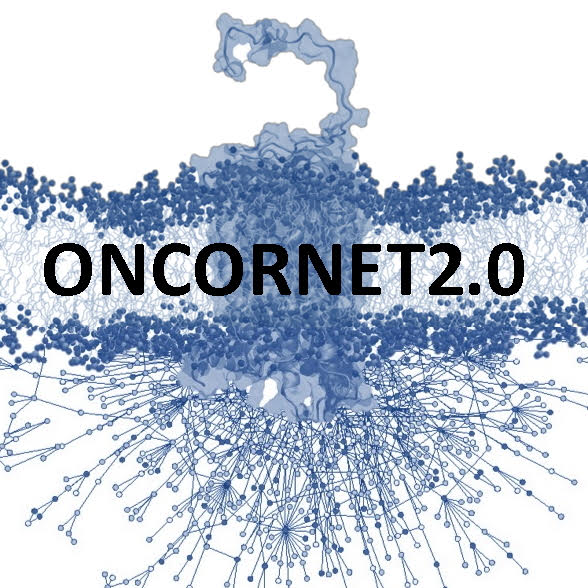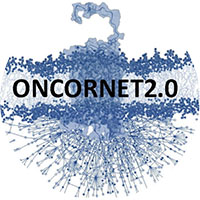Pepducins to modulate CXCR4 and CXCR7 mono-, homo-, and heteromers
Early stage researcher 2 (ESR2) project – Birgit Caspar
Supervision: Prof S J Hill, Dr S J Briddon, Dr L A Stoddart, Prof B Kellam, Dr M Stocks
Host: UNOTT (UK) – University of Nottingham, School of Life Sciences
I- Project proposal:
Aim:
1. Develop cell penetrating lipidated peptides (pepducins) to target intracellular loops of CXCR4, CXCR7 and heteromers.
2. Map interaction sites of pepducins using site-directed mutagenesis and evaluate pepducin effect on CXCR4 and CXCR7 mono-, homo-, and heteromerization, ligand-binding, (biased) signalling, and trafficking.
Methodology:
To study the effect of pepducins on CXCR4 and CXCR7 receptor dimerization, we will generate tagged (SNAP, GFP, Nanoluc) receptors with specific site directed mutations. Ligand binding will be monitored with fluorescent CXCR4 and CXCR7 ligands and receptor dimerization will be monitored using studies of fluorescent ligand dissociation, bimolecular fluorescence complementation, BRET and TR-FRET. The functional consequences of the interactions of pepducins with CXCR4 and CXCR7 receptors will be monitored using cell lines and standard signalling outputs to monitor for signalling bias. Confocal fluorescence microscopy and automated high content confocal imaging will be used to monitor receptor internalisation and β-arrestin recruitment.
Planned secondments: INSERM (FR), Actelion (CH).
II- Requirement candidate:
Required diploma: MSc degree in pharmacology or a related discipline.
Required expertise: cell culture, molecular pharmacology, cell-based assays, biochemistry, molecular biology.
Recommended expertise: GPCR molecular pharmacology, imaging, FRET/BRET based signalling, ligand binding studies.
Key publications:
1. Longden J, Cooke EL, Hill SJ. (2008) Effect of CCR5-receptor antagonists on endocytosis of the human CCR5 receptor in CHO-K1 cells. Br J Pharmacol. 153: 1513-1527.
2. Stoddart LA, Vernall AJ, Denman JL, Briddon SJ, Kellam B. Hill SJ. (2012). Fragment screening at adenosine A3-receptors in living cells using a fluorescence-based binding assay. Chem Biol. 19: 1105-1115.
3. Corriden R, Kilpatrick LE, Kellam B, Briddon SJ and Hill SJ (2014) Kinetic analysis of antagonist-occupied adenosine A3-receptors within membrane microdomains of individual cells provides evidence of receptor dimerization and allosterism. FASEB J 28: 4211-22.
4. Corriden R, Self T, Akong-Moore K, Nizet V, Kellam B, Briddon SJ, Hill SJ (2013) Adenosine A3 receptors in neutrophil microdomains promote the formation of bacteria-tethering cytonemes. EMBO Rep. 14: 726-732.
Follow us on
Contact details
Please contact us at:
e.v.langemeijer@vu.nl
ONCORNET Coordinator
Vrije Universiteit Amsterdam




